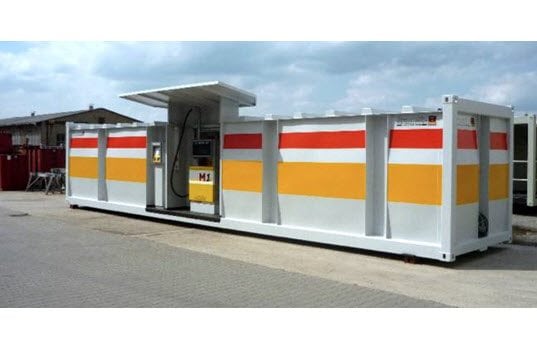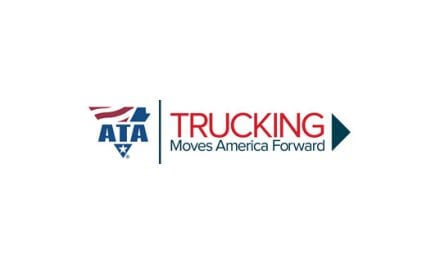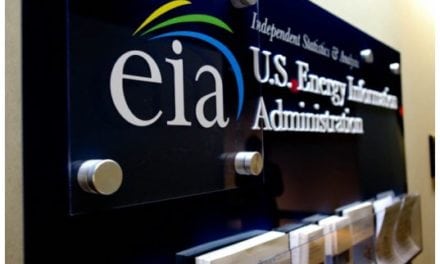Editor’s Note: FYI is a new content channel to highlight and in many cases announce interesting and often unique solutions as they enter the market.
By Keith Reid
Ever felt the need to dispense 14,000 gallons of fuel at a remote location? Set it up in less than a day, and move it to a better location if needed? The answer could be as easy as pulling up a truck and a crane and dropping the station in place.
German-headquartered Krampitz International is currently looking to field such a solution in North America, after 25 years of deployment around the globe.
This is basically a self-contained, transportable fueling station with both commercial and retail applicability. While similar solutions exist, they are not common and tend not to be full-station approaches.
“The system is well configured for remote applications even in harsh climates,” said Thomas Mehlhorn, Krampitz North America’s VP, Sales and Marketing. “Setup is literally one day. The system can be easily packed up on a truck trailer for installation at the site, then packed up again and moved to a new location if required.”
More than 1,000 units, in different configurations, have been successfully operated in different climate zones and on all continents (including Antarctica). The system can be used in a wide range of applications, including:
- Commercial card lock operations
- In-house commercial fleet fueling
- Commercial work site fueling (fracking, mining, major construction)
- Attended retail (automotive, aviation, marine)
- Potentially, unattended retail (automotive, aviation, marine)
The core of the Krampitz system is the tank, which meets European and international requirements, through the use of ATEX certified components. Krampitz states that this is the only solution approved the German Institute for Building Technology, to store highly flammable liquids in tanks above ground with a capacity of up to 60,000 liters (15,850 gallons).
The standard version consists of a rigid frame with ISO corners. The robust, cubic, steel body has double-walled construction. The ISO dimension allows an uncomplicated and cost effective transportation of tank container by road, rail and ship.
“The cubic design gives you 20% more volume [compared to cylindrical tanks] in terms of capacity,” said Mehlhorn. “It dramatically lowers your transportation and relocation costs. The plug-and-play design allows set up in less than 8 hours and the commissioning costs are extremely low. In addition, you can expand the system if you need more volume through a connected tank farm approach.”
For electrical power it can be connected to the grid or served by an optional generator. Communications capabilities allow for the remote monitoring of fuel levels, retail and commercial transactions, leak detection, video and other security measures. The whole station can be physically locked up every night if required.
“Right now we are getting all of the certifications required for North America such as UL, but we are ready have TUV and every European standard most of which are much higher than American standards,” said Mehlhorn. “The design is strong enough and has built-in redundancies that we’re confident we can work with the market to overcome any regulatory hurdles.”
In Canada, the system is being marketed as an easy upgrade for existing fueling stations in remote areas that might not currently meet Canadian regulatory requirements.
“In Canada some of the stations have fallen out of code and the operators don’t have $2 million to upgrade their stations,” said Mehlhorn. “But, they think this is going to be an effective solution to continue servicing those markets. I believe we can find similar opportunities In the United States. In Canada, the tank installer handles the card technology for the POS, so we definitely need to find the same capabilities in the United States. It’s going to be a regular debit and credit swipe system. We are flexible with the dispenser technology and will go with was preferred for point-of-sale or dispenser.”
Another market (both retail and commercial) is the fracking areas that are suddenly bringing population centers to previously remote environments.
“When I was in North Dakota, one of the biggest problems was the lack of gas stations to meet the expansion,” said Mehlhorn. Our stations can be located anywhere necessary and can be picked up and moved to effectively service population shifts and/or shifts in the production patterns. The technology is designed to last 30 years.”
The company is currently looking for partners in various areas to help bring the solution to market.
Contact:
Thomas Mehlhorn, VP Sales and Marketing
[email protected] / +1 778 837 5964
Web: www.krampitz-na.com










